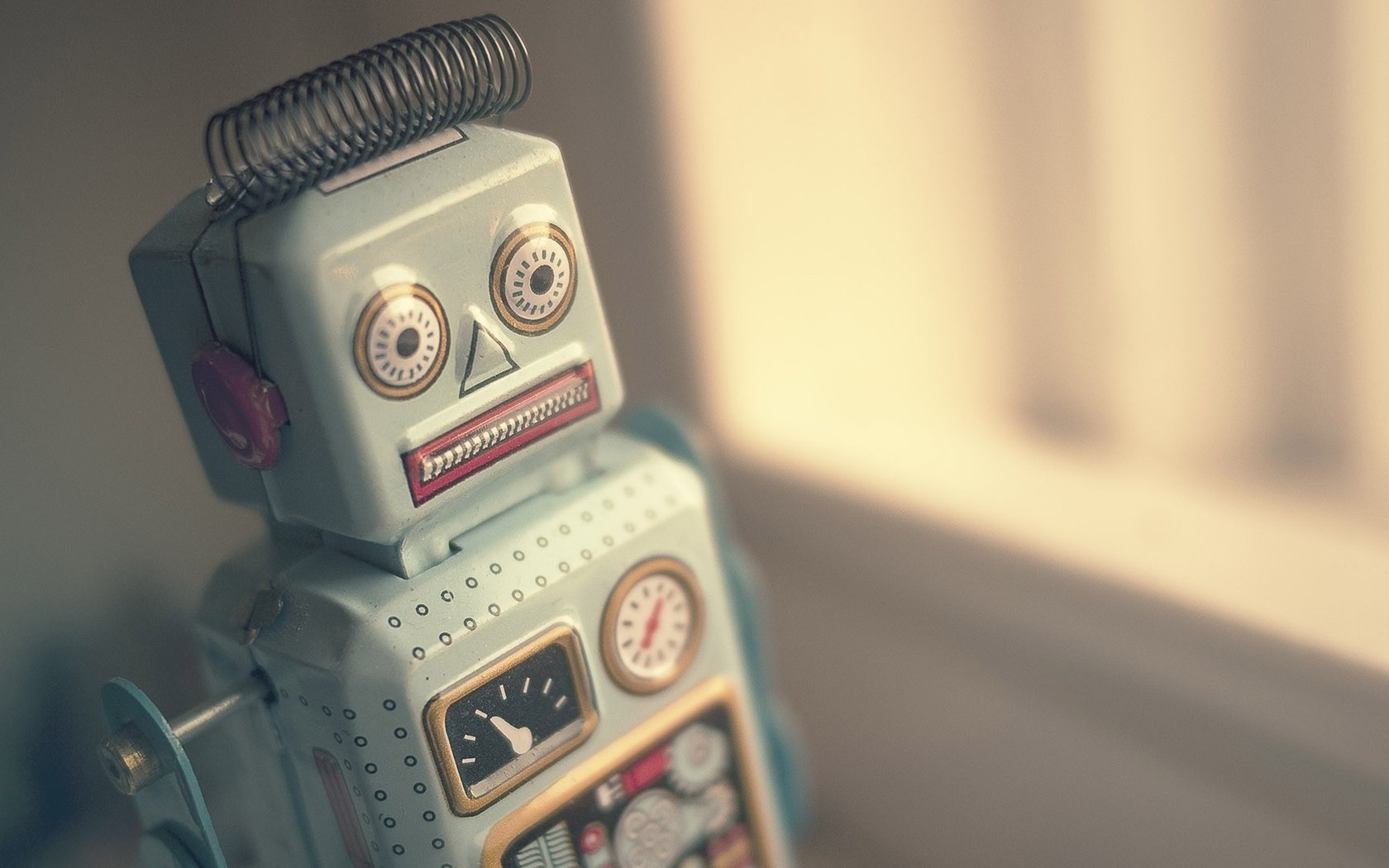Last year (2017) Russia announced that a humanoid robot with artificial intelligence (AI), would be sent into space. When the media heard that this robot could also shoot with both hands, it was reported as a real-life terminator.
This got the staff at BFDA thinking. ‘YOUR TERMINATED’, are two terrifying words to most people in employment.
If automation and AI has moved out of the realm of science fiction and into reality, how does this affect the jobs that we will have in the future?
It’s probably safe to say that our future defence forces will be significantly affected by developments like those announced in Russia. Yet what about other industries?
Robots are already common in manufacturing. With increasing dexterity and the ability to see in three dimensions, robots can also now do things like cook and serve fast food, pick fruit, keep control of huge inventories and stack shelves accordingly.
So far manual jobs that involve routine repetitive activities are one of the areas that people should probably be avoiding in the future. Yet to assume that white collar jobs are safe is now under question.
Computers no longer rely on the person that programs them, instead they are able to work things out for themselves, using trial and error to develop their own programs according to their needs. In his book called ‘The Rise of the Robots’, Martin Ford claims that “nearly any white-collar job that involves sitting in front of a computer manipulating information” is under threat.
So…how does it look for the architecture/ building design profession?
Ford proposes that to future-proof your career you should consider careers “…that involve perhaps working with people or being creative”. This implies that creative jobs like those in the building design industry, will retain healthy career prospects into the future.
The building design and drafting industry is one area where evolution in technology has been openly embraced. Drafting building plans once entailed drawing everything by hand, now it is rare to find a design practice that documents buildings on anything other than a computer. The sophistication of CAD – computer aided drafting, has also evolved, from two-dimensional software programs into three-dimensional.
The next generation of CAD programs, BIM – or building information modelling software, is increasingly taking over the way we now document our buildings and will soon be an industry requirement. Where the model can do things like test a buildings sustainability, produce documents like schedules of fittings and fixtures, window and door schedules, and bills of quantities. BIM is also proving useful post construction, as a tool for building managers to monitor a buildings services and maintenance.
Artificial intelligence may be great at processing large quantities of data and extrapolating solutions. However it is still a long way off being creative and ingenuous. Despite ever increasing advances in technology, it’s probably safe to say that careers in building design and building design drafting will require the human touch for a long while yet. Ultimately these jobs are about finding creative solutions and complex decision making, making it unlikely to be taken over just yet.


